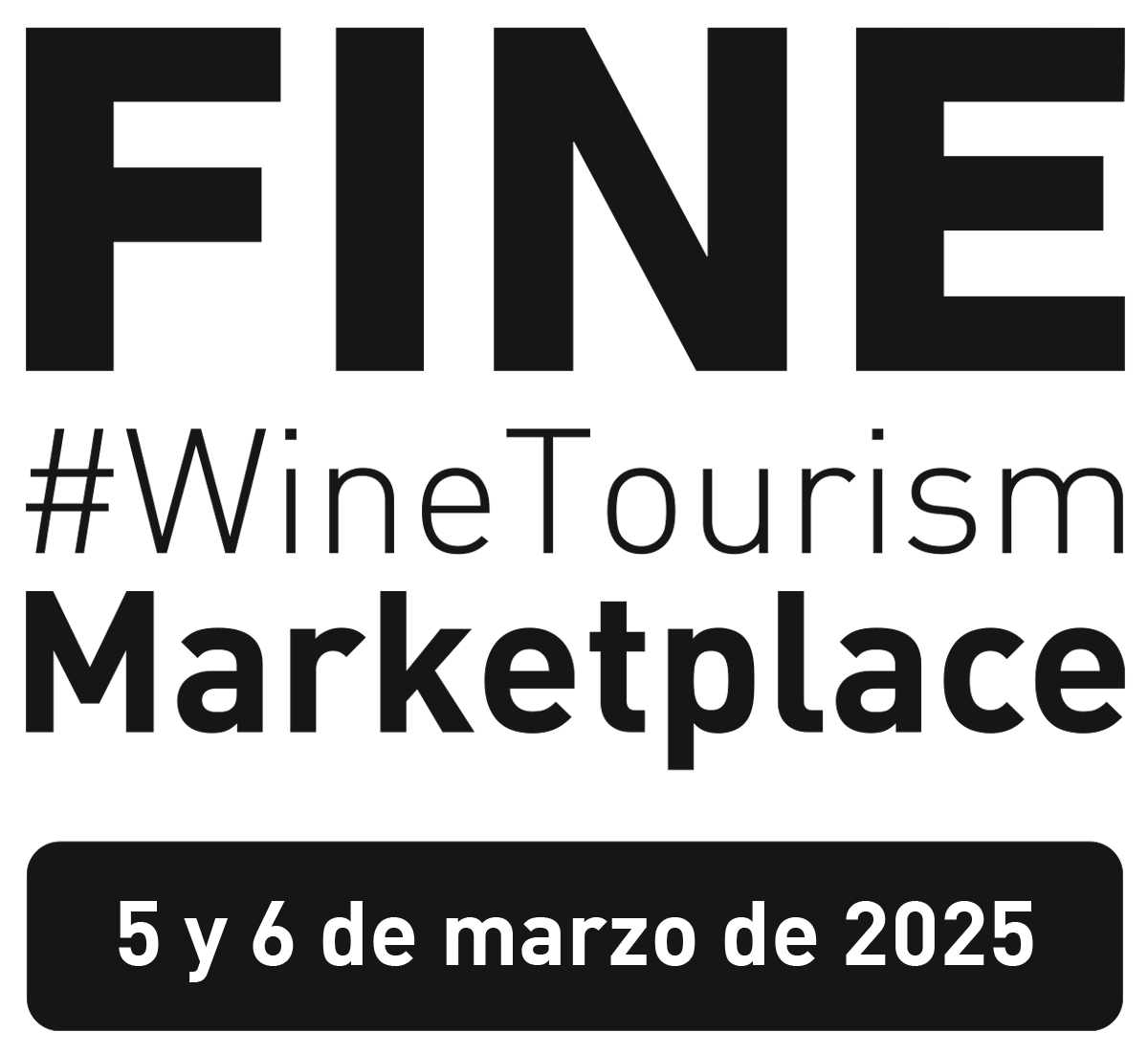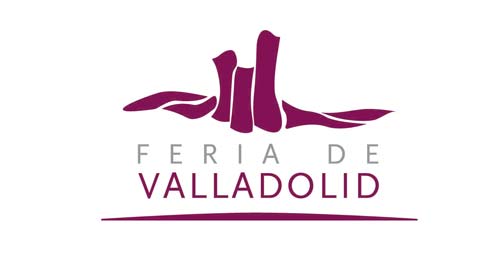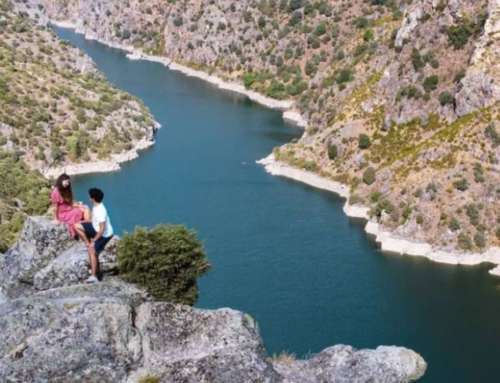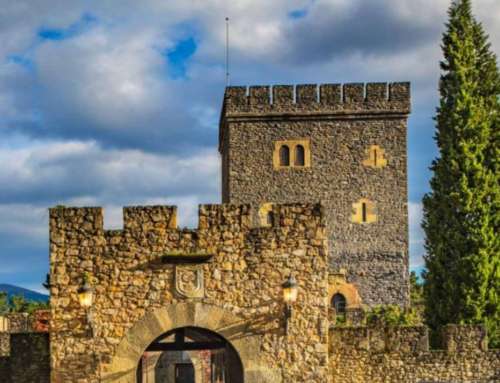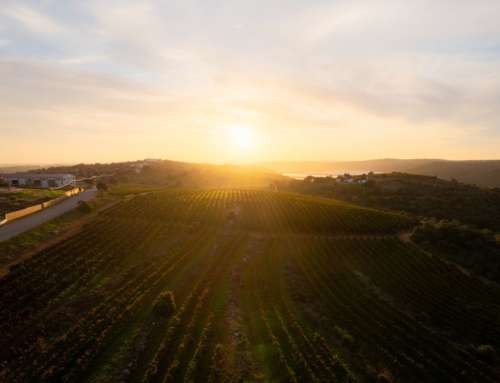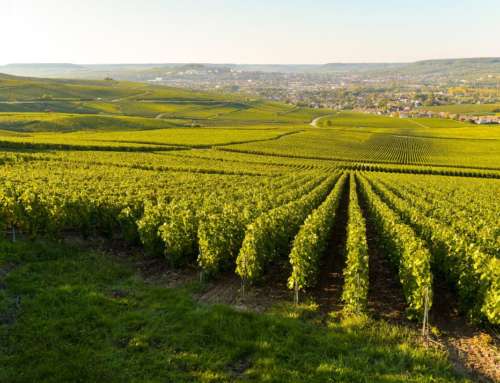Rueda wine route: an unmissable destination for winelovers
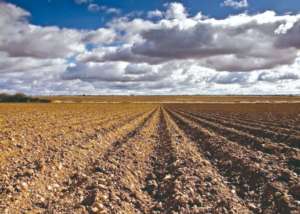
The Rueda Wine Route stands out as an essential destination for wine tourism enthusiasts. This region, the birthplace of the iconic Verdejo grape, offers a unique experience that goes beyond mere wine tasting.
Venturing into its lands, visitors embark on a journey through time and culture, where each sip tells the story of a winemaking tradition passed down through generations. The diversity of the landscape, spanning the provinces of Valladolid, Segovia, and Ávila, complements the area’s vinicultural richness, creating a mosaic of experiences that captivate all senses.
With a population of 65,000 and encompassing 22 municipalities, the Rueda Wine Route is notable for its wine tourism offerings, which include about 30 visitable wineries and vineyards. The region thus becomes a living canvas, where viticulture intertwines with the landscape, gastronomy, and history. This privileged environment offers visitors a unique opportunity to firsthand understand the wine-making process, from vineyard to glass, in a setting that breathes tradition and modernity in equal measure.
The route invites exploration not only of its wineries and vineyards but also of the cultural and gastronomic richness of its towns. The wine tourism experiences are complemented by the opportunity to taste local cuisine in wine bars and restaurants, where traditional flavors merge with innovative culinary proposals. This interaction between wine, food, and culture provides a holistic view of the Rueda Wine Route, where each element plays a key role in creating an unforgettable experience.
A journey through the wineries of the Rueda Wine Route
The Rueda Wine Route bears witness to the diversity and richness of the region’s viticulture. From ancient underground galleries dating back to the Middle Ages to avant-garde architectural wineries, the journey through its wineries is an adventure that reveals the different personalities of the area’s wines. These wineries, each with its own history and philosophy, offer visitors an overview of the meticulous wine-making process, where tradition blends with innovation.
The wineries of the Rueda Wine Route stand out not only for their variety but also for their commitment to quality and authenticity. From those that have maintained traditional vinification techniques across generations to those that embrace biodiversity and natural oenology, each winery has something unique to offer. This range of possibilities ensures that each visit is an educational and sensory experience, where visitors can discover the essence of Verdejo through various approaches and vinification techniques.
Wine tourism on the Rueda Wine Route transcends mere wine tasting. The wineries offer a behind-the-scenes look, allowing visitors to understand the philosophy and effort that each viticulturist and oenologist puts into their work. This personalized approach not only enriches the visitor experience but also creates an emotional bond with the wine and its creators. The opportunity to meet those behind each bottle adds a human dimension to the journey, making each glass of wine an indelible memory.
Exploring beyond the wine
Beyond the wineries and wine, the Rueda Wine Route offers visitors a rich tapestry of cultural and natural experiences. The landscapes surrounding the route beckon to be explored, whether on foot, by bike, or on horseback, through trails that wind among vineyards and cereal fields. This interaction with the natural environment not only provides a stunning backdrop for the wine tourism adventure but also fosters a deeper connection with the land that gives life to Verdejo.
The importance of culture and history on the Rueda Wine Route is evident in its towns and monuments. Each locality, with its architectural heritage and traditions, contributes to the region’s unique narrative.
Visitors have the chance to immerse themselves in local life, participating in festivities and getting to know the customs that have shaped the identity of this wine-producing land. This cultural dimension adds an additional richness to the wine tourism experience, allowing visitors not only to enjoy the wine but also to understand the context in which it is produced.
